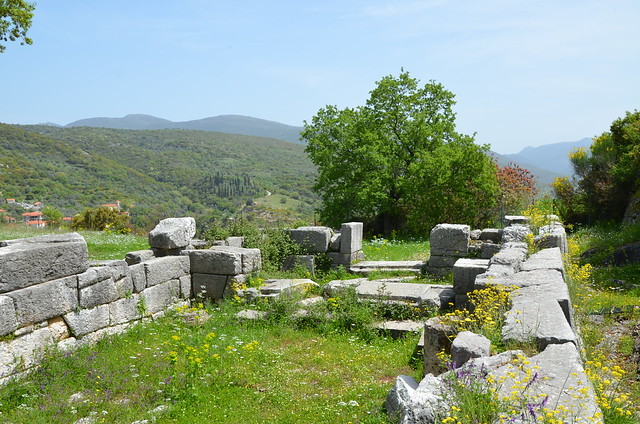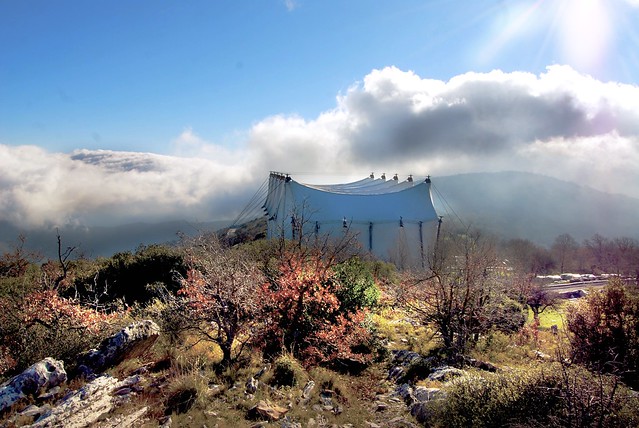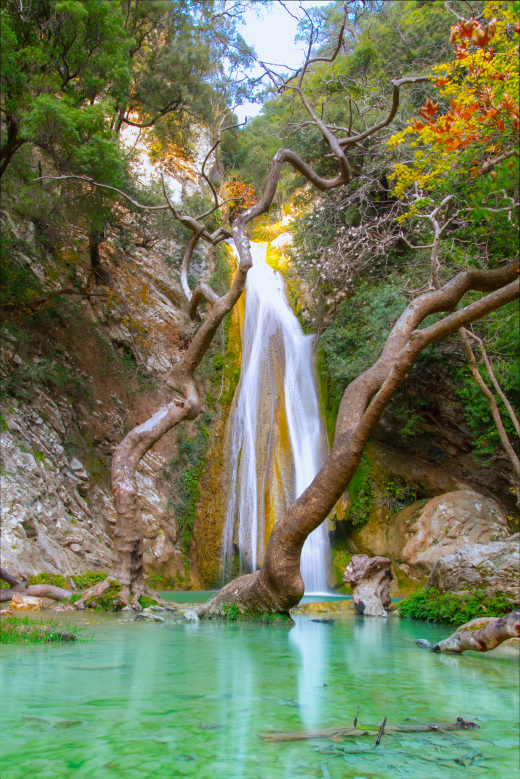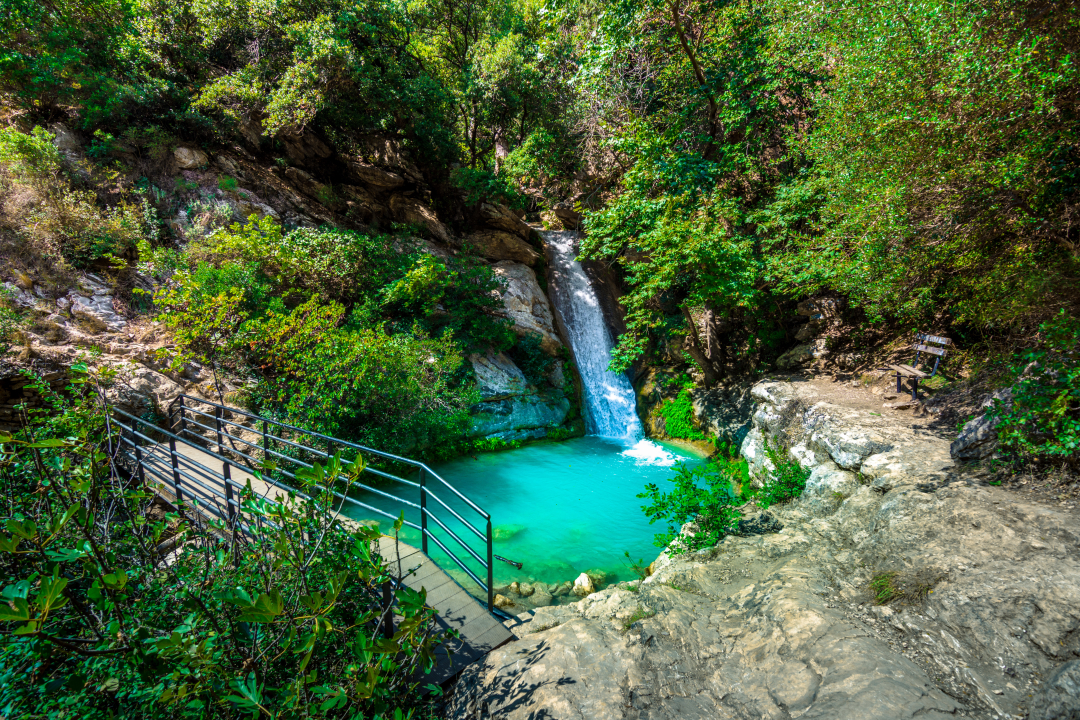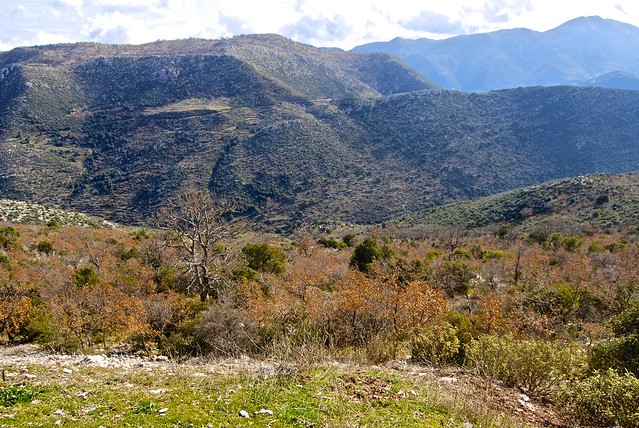Beauties and history of our region
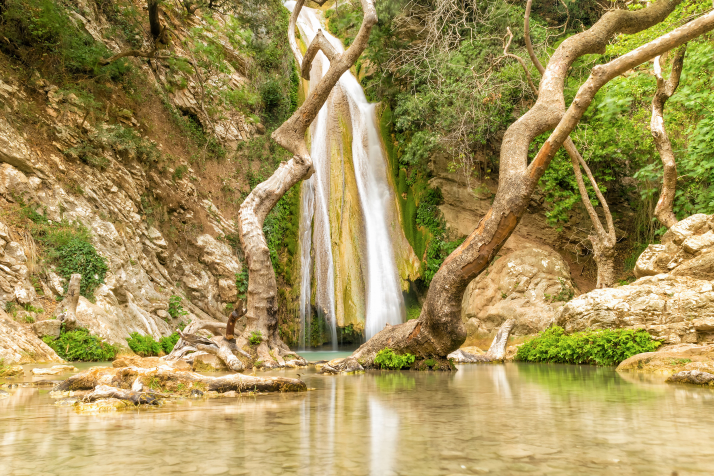
Posted On: Apr 18, 2020
Categories: News
Our olive grove is located near the ancient Greek town of Figalia. According to the legend, Figalia was built by Figalos, son of Lycaon, who - in his turn - was the son of Arcadas and grandson of Zeus and Callistus. Figalia was located in the southern-eastern part of the modern-day region Ilia (the southern part of ancient Arcadia), in the Peloponnese. This once-prosperous ancient Greek city was described in detail by Pausanias in his book “Description of Greece” in the 2nd century AD when the region was then under Roman rule.
Those travelling in the Peloponnese today can stroll along an archaic wall of 4.5 km that surrounded ancient Figalia. On the east side of the walls, you can have a rest and drink fresh water from the Fountain of Figalia, which has been flowing continuously for at least 2,500 years.
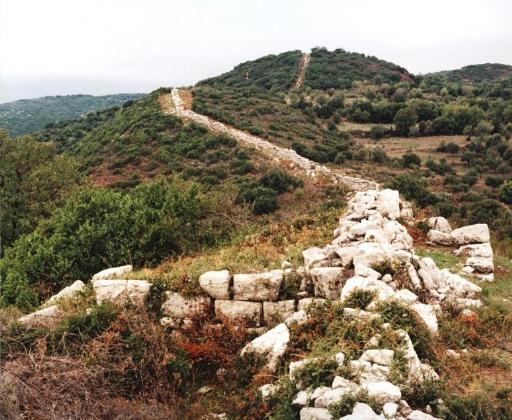
Piece of the 4.5km ancient wall surrounding Figalia (source: Greek Ministry of Culture)

The ancient spring. The main stone slabs are dated back to the early Hellenistic period(4th-1st century BC) - Photo: Panayiotis Pantazis - Report, URL
At 1131m above sea level, the Temple of Apollo Epicourios is located, in a scenery of ravines (vassae in ancient greek) after which the place was named. The temple was built by the residents of Figalia in the midst of the Peloponnesian War (around 425-415 BC). It was called the Temple of Epicurean Apollo as Apollo - the God of Healing - helped the residents from the raging plague (Epicurious means he who helps). The temple was designed by Iktinos, the architect of the Parthenon, who introduced certain innovations, such as combining different rhythms. Unfortunately, both friezes of the temple are exhibited at the British Museum, but copies are exhibited at the Andritsaina Public Library. The Temple of Epicurean Apollo is the most remote of all ancient temples, undoubtedly paying tribute to the unparalleled beauty of the valley of Vassae.
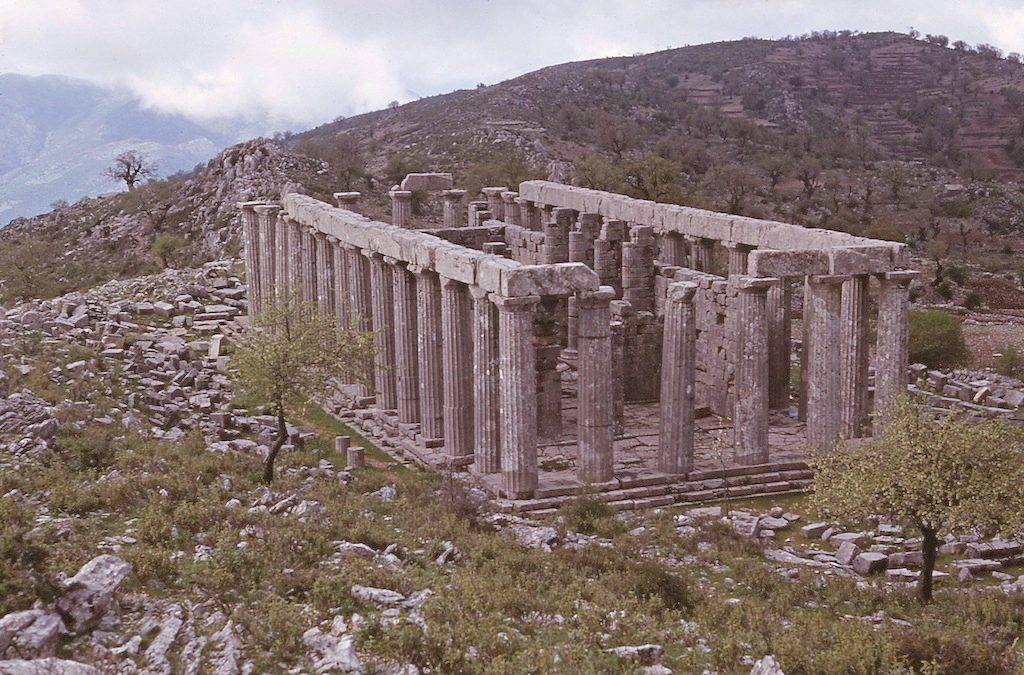
Temple of Apollo Epicourios (1966 source: McGill University)
Not far away from the temple, one can find the picturesque Neda gorge. According to the ancient myths, Neda, one of the nymphs, was appointed by Rhea, mother of Zeus, to hide and take care of her child. Little Zeus was in great danger as Kronos, Rhea’s husband and the leader of the Titans wanted to eat it and avoid losing his throne. In this well-hidden gorge, you can find natural swimming pools created by the waterfalls of the area and even swim under a natural tunnel. Enjoy the beauties around Vassae and don’t forget to send us your comments and photos!

